People On TikTok Are Obsessed With The "Cash-Stuffing" Money Method, So I Asked Experts Whether It’s Actually Worth Trying
Have you heard of "cash-stuffing" yet? It's a new name for an old-school money budgeting method once called the "cash envelope system" — and it's all over TikTok right now.

For some context: the #CashStuffing tag on TikTok has over 200 million views.
To quickly sum up: Cash stuffing is the process of only spending physical cash on your expenses — that you've pre-divided and put into different category-based envelopes. The idea is that it will prevent overspending and impulse buys, allow you to adhere to a set budget, and take away the convenience of using credit cards — which (as we all know!) can be far too easy to swipe and not really think about further.
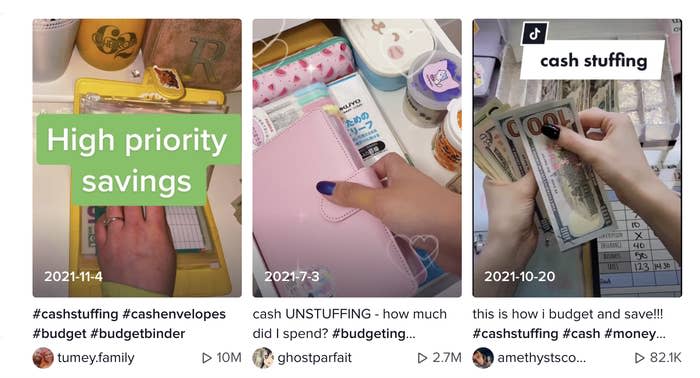
Over the years, cash stuffing has also been known as the cash envelope method or the envelope system.
To learn more about all of of this, I talked to both cash-stuffing devotees who already use and swear by the method, as well as money experts — like financial planners and educators. Here's what they all had to say. ??
20-year-old TikToker @savannahhh.mariee is one of many who follows the cash-stuffing method and has posted her own video about it.

Savannah said she learned of the method from watching a YouTube video about it four years ago. "I started using this budgeting method because as a teen I found it hard not to spend money on my card," she told BuzzFeed.
Being a Gen Z'er herself, Savannah thinks it's important for her generation to learn and discuss the topic of money, even if it's through social media.
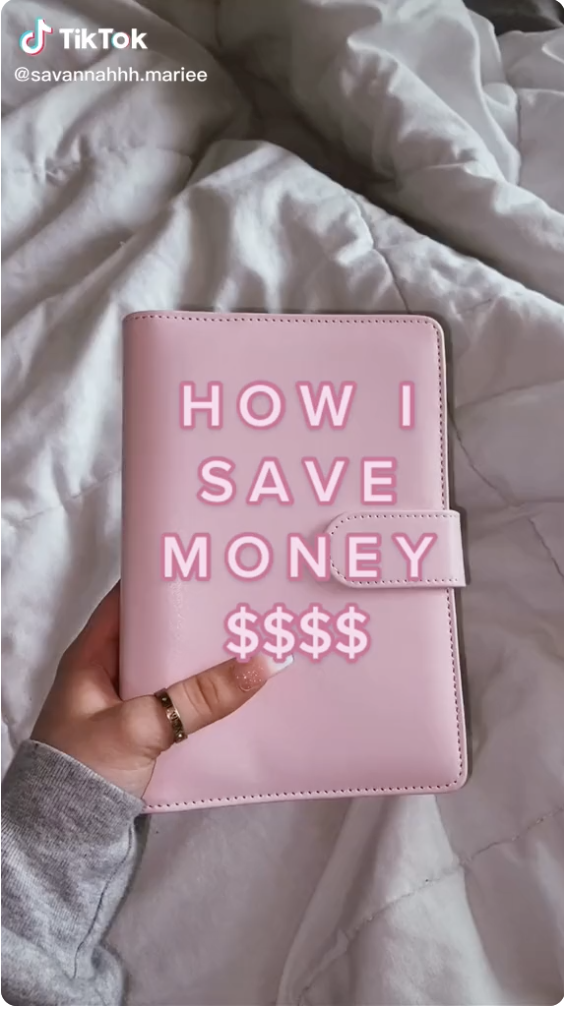
"There is a young generation on [TikTok] and a lot of teens aren’t talked to about budgeting and finances or given examples on how to save their money and not overspend," she told BuzzFeed.
Here's how cash-stuffing works: first you divide up your cash and put them into piles, sorted by denomination.

Then you label envelopes — traditional paper envelopes or you can get fancy with labeled plastic binders — with your different spending categories. The envelopes can be for rent, food shopping, travel, social outings, whatever you want them to be.
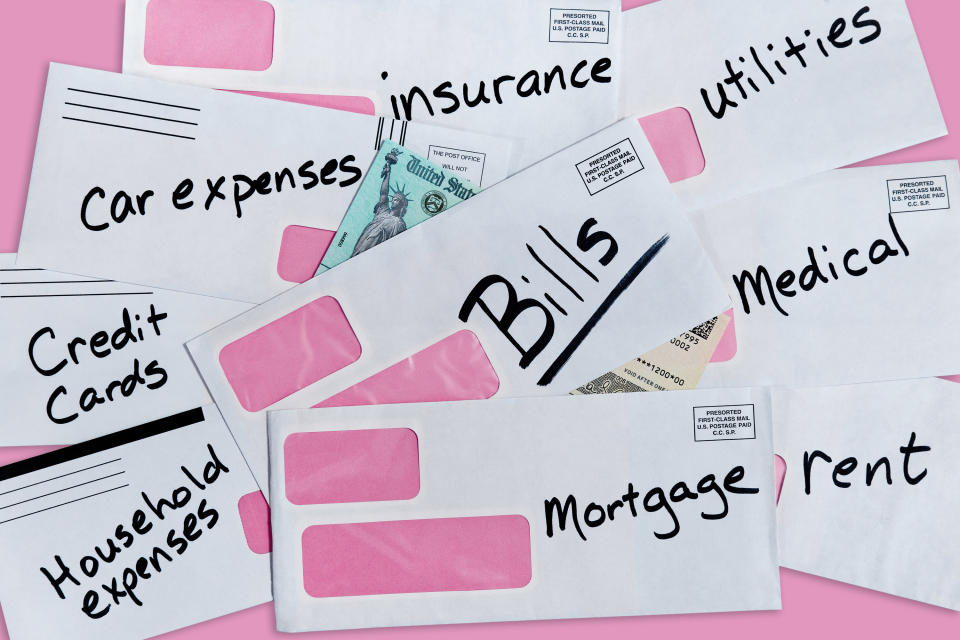
From there, you put your cash into the different envelopes based on what your budget and spending goal is for each category. If you're unsure how much money to put into each envelope, try looking at a few prior months' spending to get an idea of your usual expenses, and the 50 30 20 rule can also be helpful if you're starting from scratch.
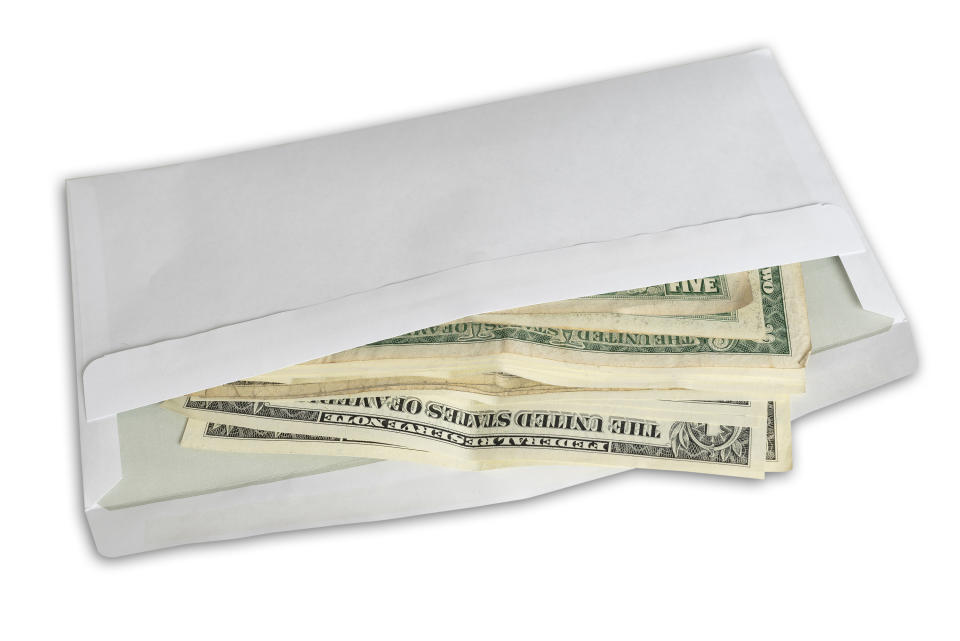
For example: if you put $200 in your food shopping envelope, you can use that money towards any grocery store run until that money runs out before your next budget cycle begins. Your envelope replenishing cycle can be weekly, bi-weekly, monthly — it's entirely up to you and your own budgetary situation.
Savannah uses the cash-stuffing method primarily because it makes her more aware of the money she's actually spending.
"You can swipe [your credit card] and swipe away and not see the number change. But with cash, when you physically take $100 out of the envelope, you realize how much you're spending," she told BuzzFeed. "I could also leave the cash at home and not even have it with me to spend."
"Compulsively buying unnecessary things is a hard thing to change but with this method, since the money eventually runs out from the envelope, I can save easily," Savannah said.
Danetha Doe, a financial wellness educator and the creator of the finance blog Money & Mimosas, agreed with Savannah. "With credit or debit cards, digital currency, or Venmo — it can be easy to spend mindlessly," she told BuzzFeed.

"[Spending mindlessly] can lead to what is known as 'binge blackouts' in the financial psychology world, which is when someone spends a ton of money without knowing it. This can be easy to do with credit cards," Danetha told BuzzFeed.
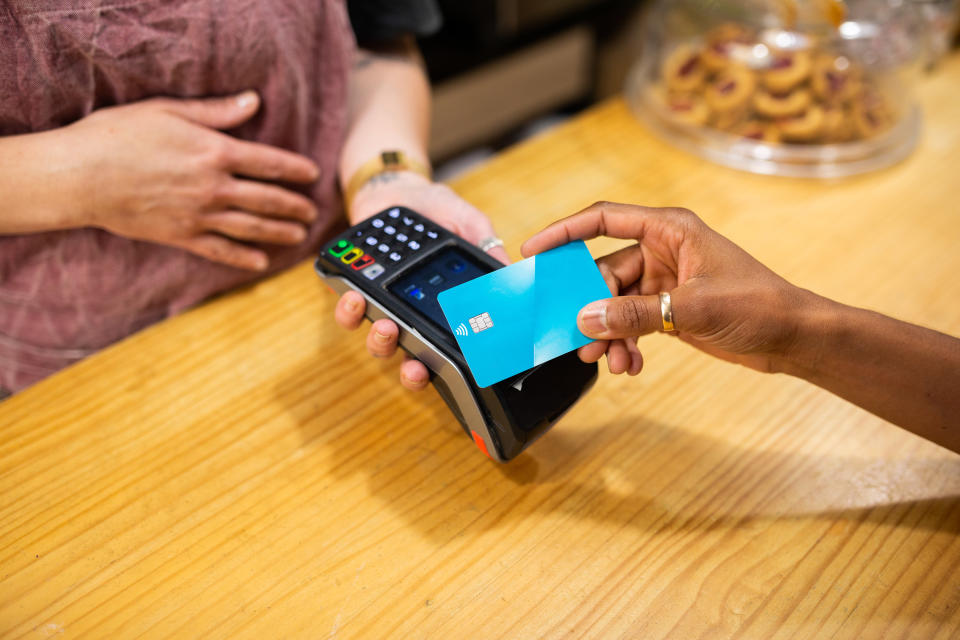
"With the cash-stuffing method, you are feeling the cash in your hand and this can help someone who is unaware of their spending decisions be more present," she continued.
In addition to this method allowing people to be more in control of their spending, Danetha said it can also enable people to practice money mindfulness. "It forces you to be financially aware and present with your spending decisions," she told BuzzFeed.
Despite there being numerous budgeting apps and programs that currently exist, Danetha said stashing away cash in envelopes might be more helpful for certain people.
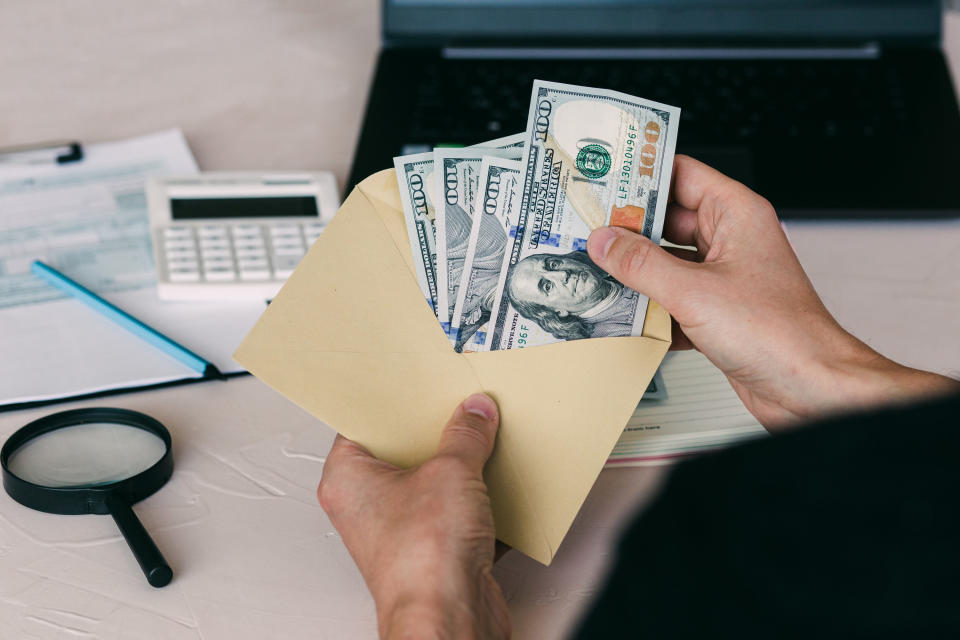
"With cash, you can easily see the money as it leaves your hands, or envelope in this case," Danetha told BuzzFeed.
"If you're in a situation where you're down to your last $20 bill and you have more than $20 of expenses to cover, you will feel the need to improve your money management skills in a way that you wouldn't if you just whipped out your credit card," she said.
In addition, Kendall Clayborne, Certified Financial Planner at SoFi, said that this cash envelope system can also help people develop healthy money habits.
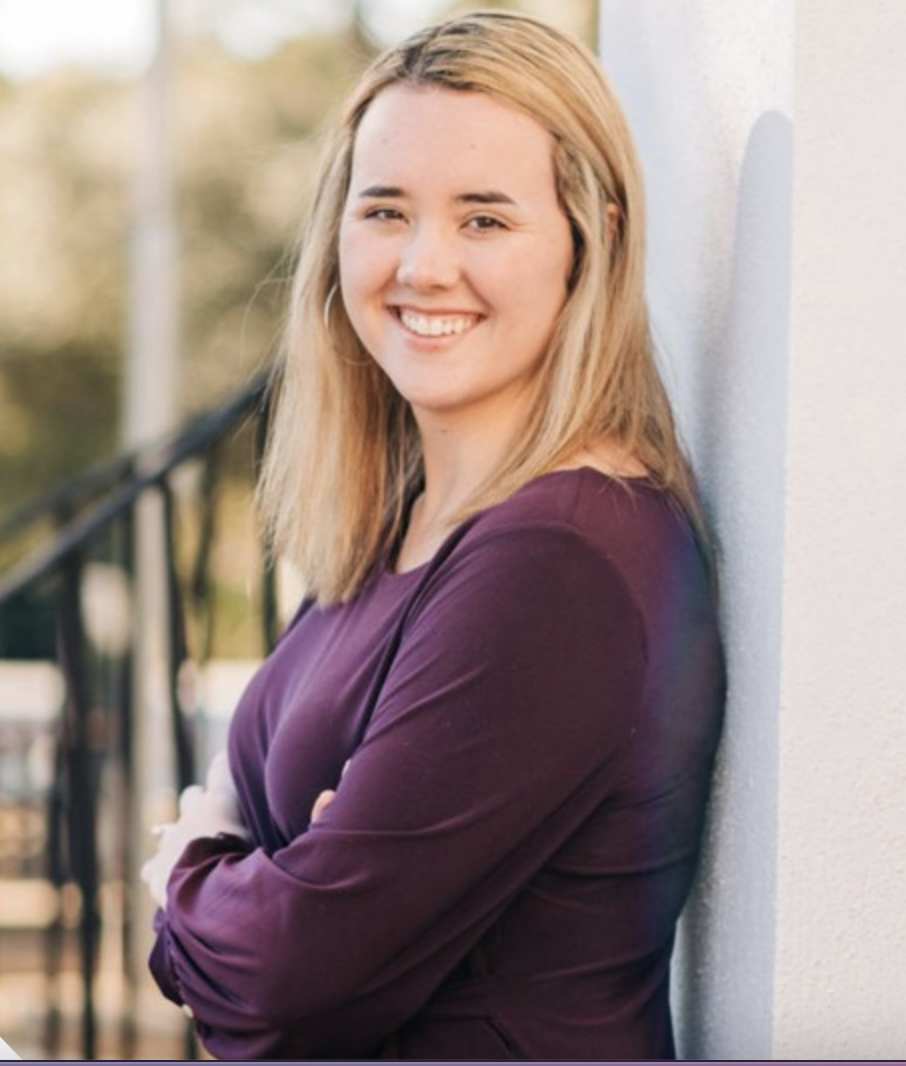
"Setting aside time every few weeks or month to review your finances, create a budget, and set specific goals is a great habit that cash-stuffing allows you to develop," Kendall told BuzzFeed.

"Numerous studies have shown that when people purchase the exact same item with a credit card and with cash, subconsciously, they’re willing to pay more for the item when they use a card than they will with cash," she said.
Kendall added that cash-stuffing can also help prevent people from accumulating credit card debt.
"You are no longer using credit cards. [With cash-stuffing] you can only spend the money you have available [in the envelope]," she said.
If you're someone who wants to learn how to budget money but stashing cash in different envelopes doesn't sound appealing to you, Danetha recommends other options.

"I recommend doing a weekly money date. This is a financial wellness practice where you sit down on the same day every week to review your financial decisions from the past seven days," she told BuzzFeed.
"I encourage folks to make this a pleasurable experience — so that you truly enjoy the process of reviewing your finances. When you review your finances, you will become more aware of your financial decisions," she said. "Awareness, in any area of your life but especially in your financial life, is the first step to changing unideal habits."
For those who prefer to track their money online, Kendall said you can find ways to mimic the cash-stuffing envelopes digitally. "For people who may not like using cash, there are digital solutions that provide some of these same benefits," she told BuzzFeed.
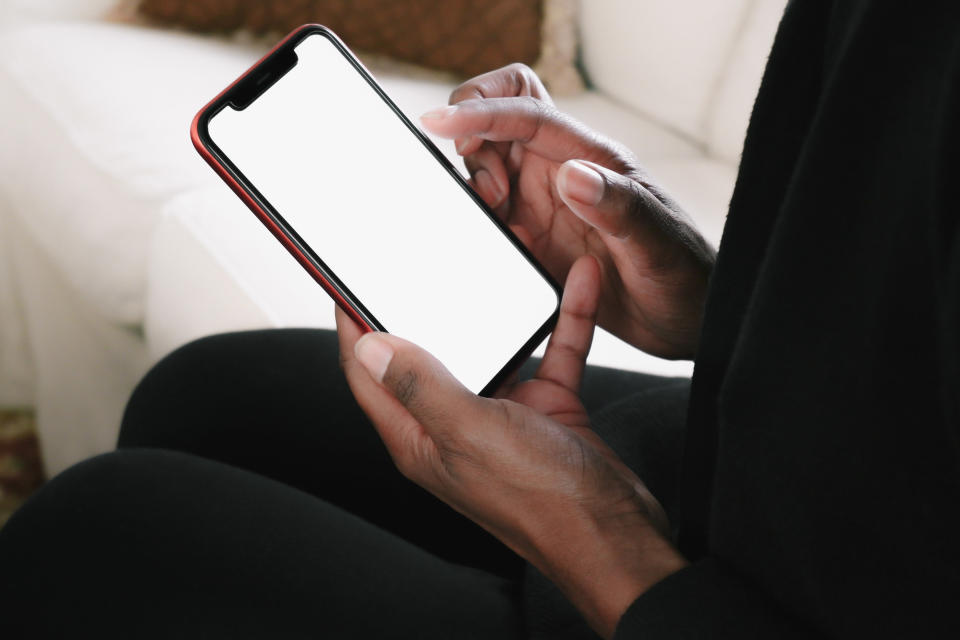
Many banks or financial institutions will allow you to set up a separate savings account for a specific goal — one that's separate from your main checking or savings account. That can be a way to digitally emulate the cash envelope strategy, said Kendall.
To give one specific bank example, Kendall explained SoFi's version. "With a SoFi Vault, you can even automate a dollar amount or percentage of any direct deposit to each individual [savings account]. By not seeing this money in your checking account, it can make you less tempted to spend it — with an 'out of sight, out of mind,' mentality — but still earn interest," Kendall explained.
Even apps like Mint automatically categorize spending and let you set budgets by category, which can be used to mimic the cash-stuffing system if you're doing most of your spending online or electronically.
Similarly, it's worth reaching out to your current bank or financial institution to about the different account options they can offer you based on your financial needs.